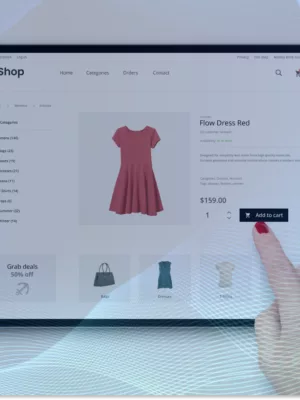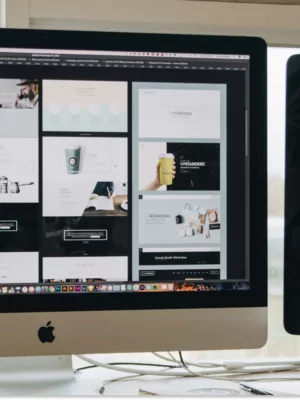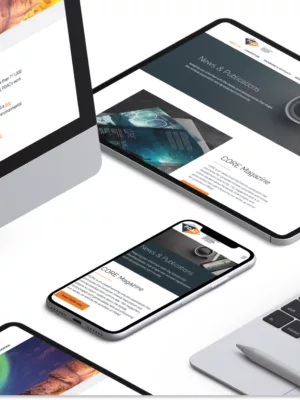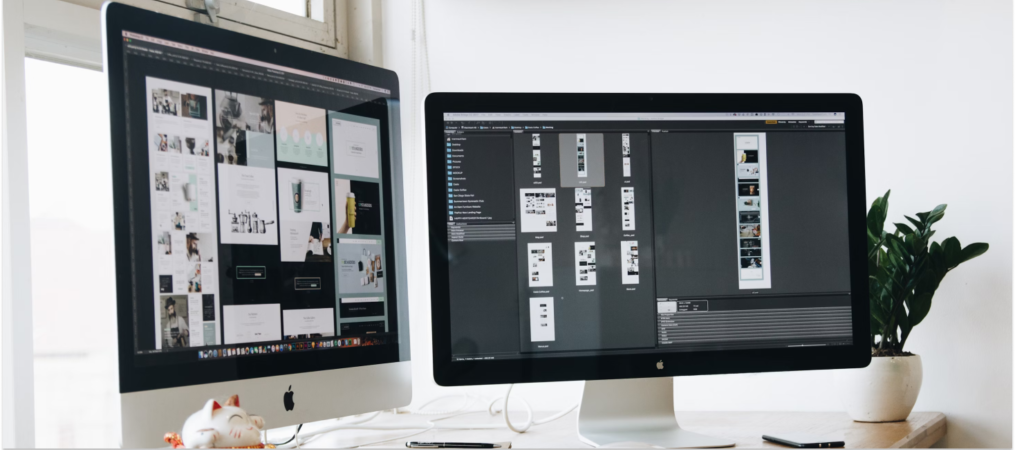
UX and UI stand as critical pillars of successful website design and digital products. These terms often appear together, yet serve distinct purposes in creating exceptional digital experiences. Understanding the fundamentals of UX and UI is essential for business owners seeking to enhance digital presence, outperform competitors, and keep customers happy.
This guide covers:
- The clear distinction between UX and UI and their unique roles
- How UX designers shape user experience through research and wireframes
- How UI designers bring visual elements to life
- The crucial relationship between UX and UI in project success
- Why investing in both UX and UI matters for business growth
Let's understand what makes UX and UI essential for business success.
The Role of UX and UI Designers
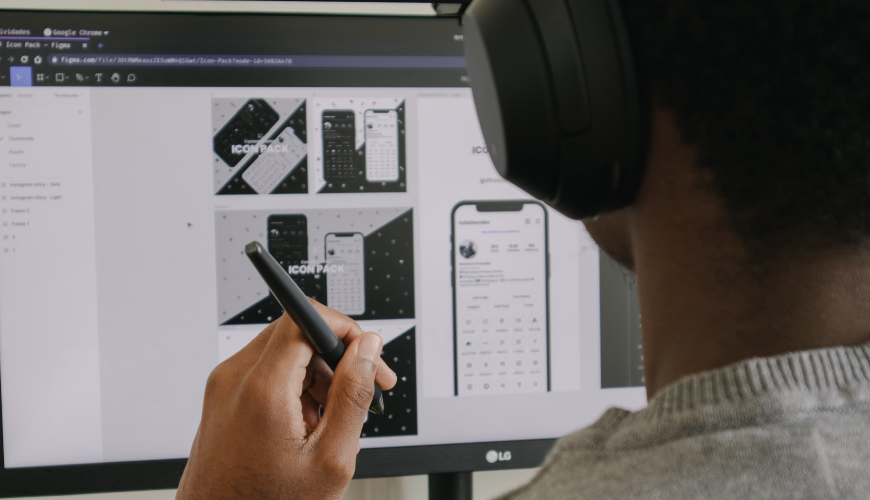
UX Designers
They primarily serve as advocates for customer needs. Their work involves research, analysis, and gathering data through stakeholder interviews to understand pain points and requirements. With a deep understanding of human behavior and analytical thinking, UX designers solve functional problems by creating:
- Product concepts and structure
- Content priorities
- Logical user flows
- Optimized site maps
- Wireframes and prototypes
Wireframes act as blueprints, showing how sites function and interact with customers before development begins. Meanwhile, prototypes offer clickable, interactive interfaces for testing customer journeys early in the process. Tools like Optimal Workshop and Mockflow help create effective prototypes that prevent costly changes later.
UI Designers
They focus on conveying brand through visual elements. They combine creative skills with technical knowledge of design software, visual communication, and coding (HTML, CSS). Their role ensures the brand tells the right story, makes the right impression, and evokes the intended emotions.
Both UX and UI designers are essential team members in creating complete user experiences. While they cannot substitute each other, they must collaborate closely throughout the project for optimal results.
Conclusion: Business Impact of UX and UI
Business owners must evaluate goals and aims to achieve in the digital space. Digital experiences have transformed rapidly, affecting business models and raising customer expectations. This shift demands new approaches and competencies to stay competitive.
UX and UI are proven methodologies and tools that help achieve business objectives. They provide the framework for:
- Enhancing customer digital experiences
- Building brand loyalty
- Making informed design decisions
- Creating long-term business value
Understanding and implementing UX and UI principles takes time and effort. Nevertheless, embracing this mindset with a long-term perspective pays dividends through improved customer satisfaction and business growth.
Ready to Improve Your UX and UI?
Your customers won't wait for a better experience. Will you?







